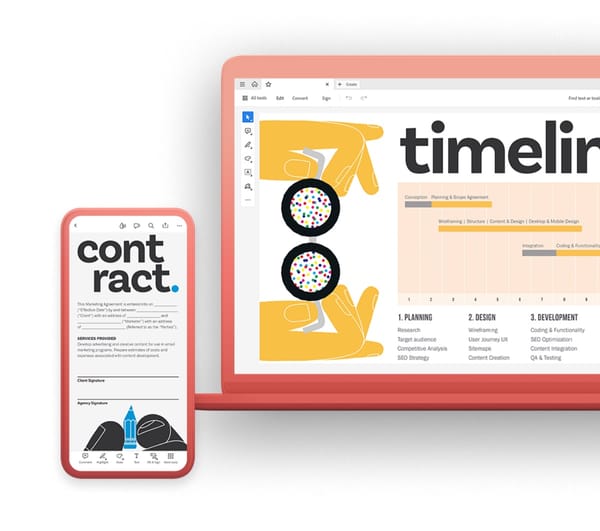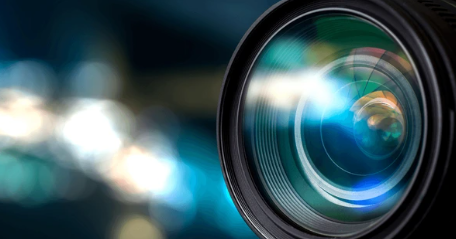Lightroom Tutorial: Enhance Mood and Contrast
Lightroom is a powerful photo editing software that can be used to enhance the mood and contrast of your photos. With a few simple adjustments, you can make your photos look more dramatic, atmospheric, or even dreamy.
In this tutorial, we’ll show you how to use Lightroom to enhance the mood and contrast of your photos. We’ll cover the following topics:
- Adjusting the brightness and contrast
- Using the tone curve
- Saturating and desaturating colors
- Split toning
- Adding a vignette
Adjusting the brightness and contrast
One of the most basic ways to enhance the mood and contrast of your photos is to adjust the brightness and contrast. Brightness controls the overall lightness of your photo, while contrast controls the difference between the lightest and darkest areas of your photo.
To adjust the brightness and contrast in Lightroom, go to the Basic panel. You’ll find the Brightness and Contrast sliders at the top of the panel.
To increase the brightness of your photo, drag the Brightness slider to the right. To decrease the brightness, drag the slider to the left.
To increase the contrast of your photo, drag the Contrast slider to the right. To decrease the contrast, drag the slider to the left.
Using the tone curve
The tone curve is a more advanced tool that can be used to fine-tune the brightness and contrast of your photos. The tone curve is a graph that shows the relationship between the input and output values of your pixels.
To use the tone curve, go to the Tone Curve panel. You’ll see a graph with a diagonal line running through the middle. This line is the default tone curve.
To adjust the tone curve, click and drag on the line. Dragging the line up will brighten the corresponding pixels in your photo. Dragging the line down will darken the corresponding pixels in your photo.
Saturating and desaturating colors
Saturation controls the intensity of the colors in your photo. Increasing the saturation will make the colors in your photo more vibrant, while decreasing the saturation will make the colors more muted.
To adjust the saturation in Lightroom, go to the Basic panel. You’ll find the Saturation slider at the bottom of the panel.
To increase the saturation of all colors in your photo, drag the Saturation slider to the right. To decrease the saturation of all colors in your photo, drag the slider to the left.
You can also adjust the saturation of individual colors in your photo using the HSL panel. To do this, go to the HSL panel and select the color you want to adjust. Then, drag the Saturation slider to adjust the intensity of the color.
Split toning
Split toning is a technique that can be used to add a subtle color cast to the highlights and shadows of your photo. This can be used to create a variety of moods, such as a warm and rustic look or a cool and atmospheric look.
To use split toning, go to the Split Toning panel. You’ll find two sets of sliders in this panel: one for the highlights and one for the shadows.
To add a color cast to the highlights, drag the Hue and Saturation sliders for the highlights. To add a color cast to the shadows, drag the Hue and Saturation sliders for the shadows.
Adding a vignette
A vignette is a darkening of the edges of a photo. This can be used to draw attention to the center of the photo or to create a sense of mood or mystery.
To add a vignette in Lightroom, go to the Effects panel. You’ll find the Vignetting slider at the bottom of the panel.
To add a vignette, drag the Vignetting slider to the right. The higher the slider setting, the darker the vignette will be.
You can also adjust the shape and intensity of the vignette using the other sliders in the Vignetting panel.
Conclusion
By adjusting the brightness and contrast, tone curve, saturation, split toning, and vignette in Lightroom, you can enhance the mood and contrast of your photos and make them look more dramatic, atmospheric, or even dreamy.
Here are some additional tips for enhancing the mood and contrast of your photos:
- Use complementary colors to create a sense of balance and harmony in your photos.
- Use leading lines to draw the viewer’s eye into the photo.
- Use negative space to create a sense of mystery or drama.
- Use a shallow depth of field to isolate the subject of your photo from the background.
- Experiment with different editing techniques to create the desired mood for your photos.
With a little practice, you can use Lightroom to create stunning photos with enhanced mood and contrast.


